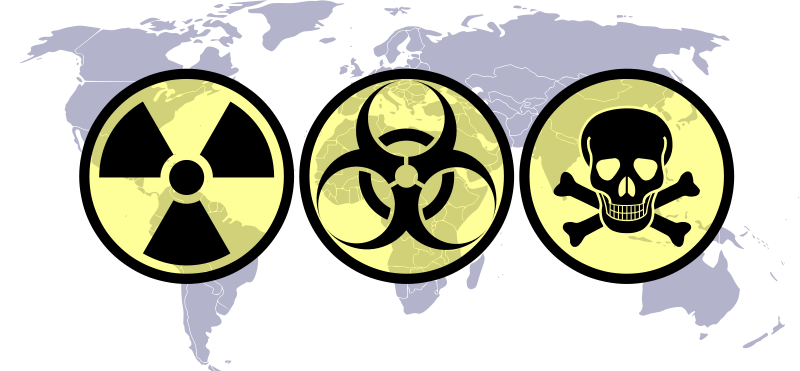About CBRN-ITALY

Events involving the release of Chemical, Biological and Radio-Nuclear (CBRN) substances are among the most fearsome risks in contemporary times. CBRN risks attracted renewed attention following the 2001 anthrax letters case occurring only few weeks after 9/11. CBRN terrorism, considered ‘the most frightening scenario’ (EU 2003), was also evoked following the recent terrorist attacks in Paris and Brussels. Post-9/11 CBRN events included the use of fentanyl by Russian authorities in the 2002 Moscow Theatre hostage crisis or the recent nerve agent poisoning case in the UK against the former Russian intelligence officer Sergei Skripal and his daughter Yulia. CBRN risks potentially entailing grave consequences are posed by States’ CW (as demonstrated in the ongoing Syrian conflict) and Nuclear Weapons’ (NW) arsenals (with tensions escalating in the Korean peninsula and in the new arms race between the US and Russia), industrial accidents (e.g. Fukushima) or pandemic outbreaks (e.g. Ebola). CBRN security calls for the adoption of an “all-hazard approach” to cover all possible scenarios.
With reference to CBRN risks, the academic community has devoted only limited attention to developing a common understanding of CBRN risks and an agreed definition of CBRN events, to mapping obligations stemming from the wide range of applicable norms of International Law, to discussing the role of different actors and to exploring the implementation of applicable international obligations at the domestic level.
Filling important gaps, this research aims at offering a consistent definition of CBRN events (Stage 1), at identifying in a systematic and comprehensive way all existing obligations both in time of war and in time of peace and at mapping them according to the four phases of the emergency management cycle, including prevention (i.e. measures aimed at mitigating the risk of a CBRN event), preparedness (e.g. measures aimed at developing response capabilities should a CBRN emergency occur), response (e.g. standards and best practices to adopt in order to adequately respond and minimise the risks) and recovery (e.g. duties to ensure a timely recovery from a CBRN event) (Stage 2). The research also investigates the adequacy of the Italian legal and operative frameworks in order to explore to what extent these are in line with international and EU obligations and internationally recognized standards (Stage 3). Based on these findings, the research will develop a set of recommendations on how to strengthen the legal frameworks to face CBRN risks at the global, regional and national levels (Stage 4)